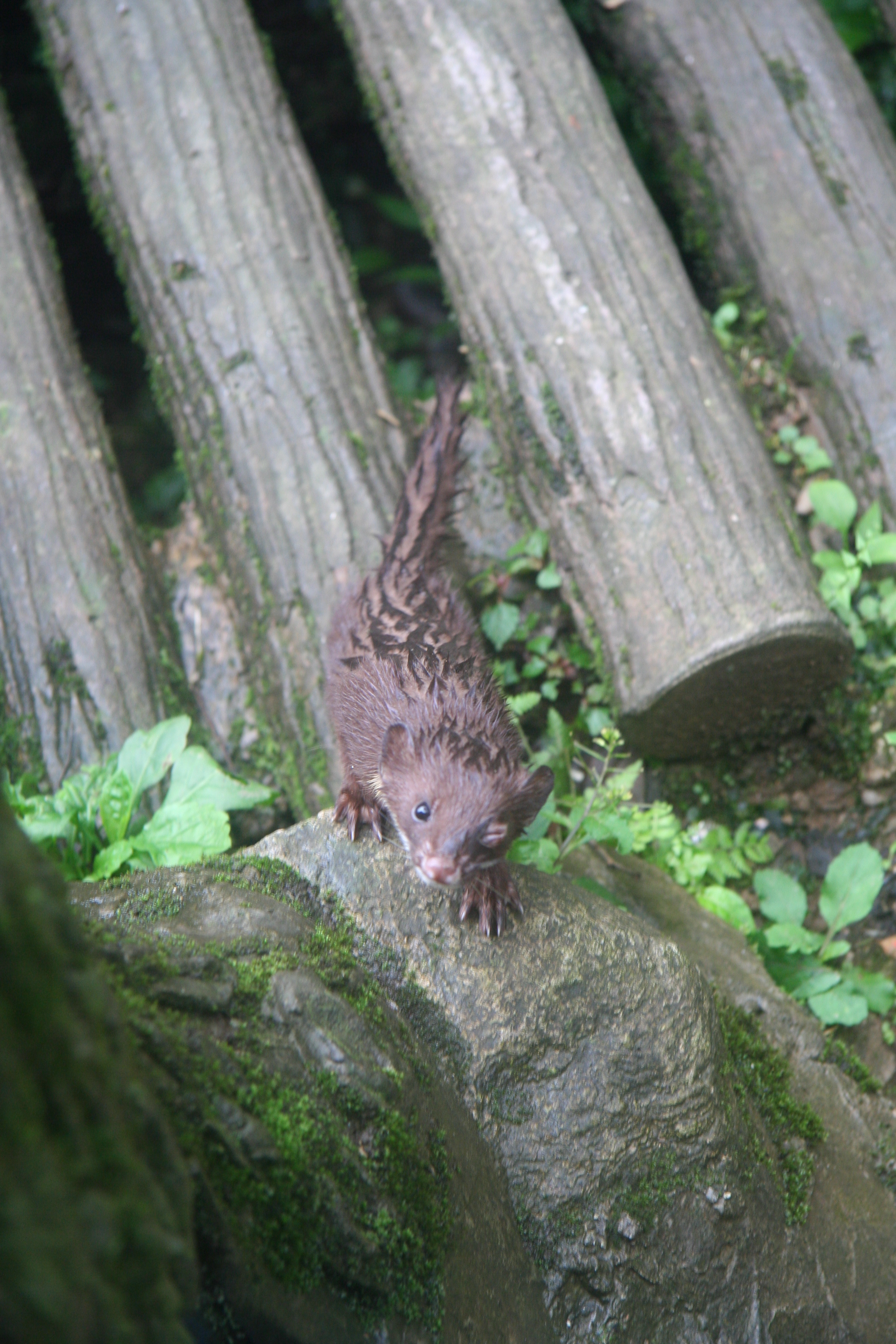Mystery Mustelid in Sichuan
Gillian Whittaker sent me this photo she took on Mt Emei Shan in Sichuan and wondered what species this is. It was quite large – with a HB 25cm or more (so definitely too large to me M. nivalis)
I have never seen Siberian, Mountain or Yellow-bellied Weasels but it doesn’t look much like the pictures I have seen of Siberian Weasels and lacks the black mask. Gillian said it had quite a bit of white under the neck and venter.
Does anyone know what it is?
Jon

6 Comments
-
Jon Hall
It could well be – I hadn’t thought of that because it seemed so small and slender in the picture. But pictures are deceptive and that would make sense
Any other thoughts anyone?
jon
-
Jeroen Verhoeff
My guess is that it is a yellow bellied weasel. I have two images of it and it seems to be darker than stoats and least weasels. I also have three images of a strigidorsa. I have not checked any distributions but this species is even darker on the back and big enough, but the dorsal stripe should have been obvious to the observer.
I am pretty sure this is not a marten. If you compare the size of the stems of the walking path and the size of the leaves of the small plants and mosses this cannot be much bigger than an ermine. Besides this, its slenderness, its feet with the slim toes and its flat head directs me to a mustela for pretty sure. (I have studied the fysiology of ermines extensively) The discription ‘quite large’ does not rule out a male mustela species for me. It also looks like it just has been swimming, something mustela species do more often than martes species.
When you google on ‘yellow bellied weasel’ you will find a new, nice picture of a dead mustela kathiah which, I think, proves my guess.
A great observation!Best regards, Jeroen Verhoeff
http://www.jeroenverhoeff.com-
Vladimir Dinets
YBW seems to be the most reasonable suggestion. I also thought about Altai weasel, but it’s usually more yellow and with slightly more white on the face (alas, I’ve never seen them in Sichuan – they might look a bit different there).
-
Leave a Reply
You must be logged in to post a comment.


Peter Gerngross
I think it is a Beech or Stone Marten (Martes foina). Best regards, Peter